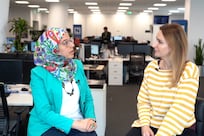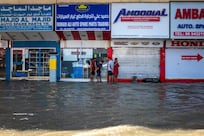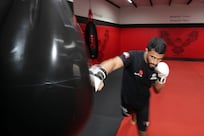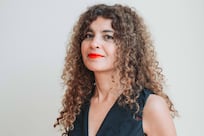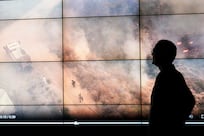DUBAI // A man thought to have drowned in a swimming pool was revived by paramedics at least 16 minutes after his heart stopped beating.
The man, a 38-year-old Indian, was found unconscious at the bottom of the pool at the Country Club Hotel in Al Rifa'a at about 10.30am on July 22.
Emergency services were called and an ambulance arrived four minutes later. "The man was found without a pulse, blood pressure or breathing. Even electrocardiography (ECG) showed that he had died," said Khalifa bin Darai, the executive director of Dubai Ambulance.
Paramedics then began to perform artificial respiration and cardiopulmonary resuscitation in a bid to revive him. They also gave him two doses of the heart stimulant epinephrine.
"The heart beats came back after 12 minutes from carrying out the CPR and he was immediately transferred for Rashid hospital," said Mr Darai.
The man was described as being in a stable condition but remains at Rashid Hospital requiring further treatment.
wissa@thenational.ae

